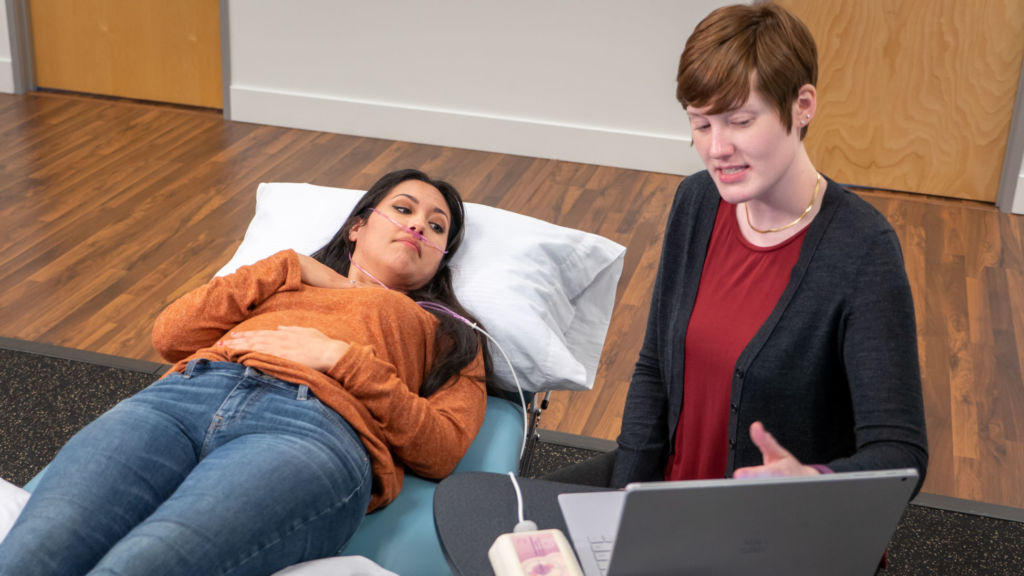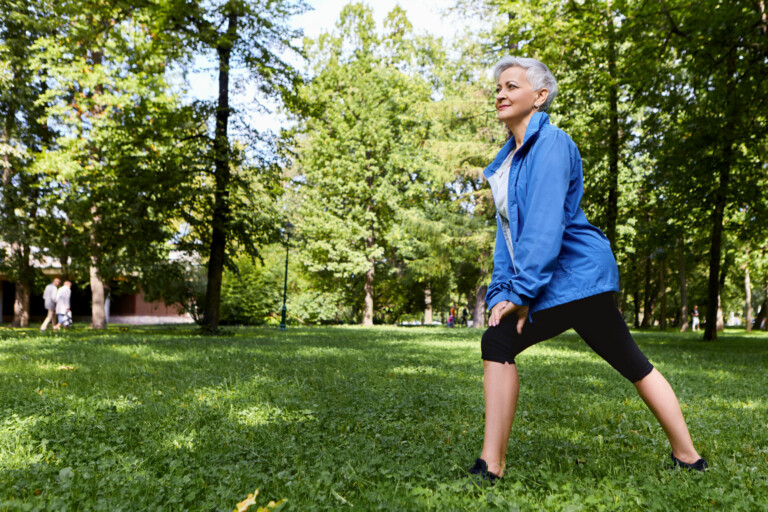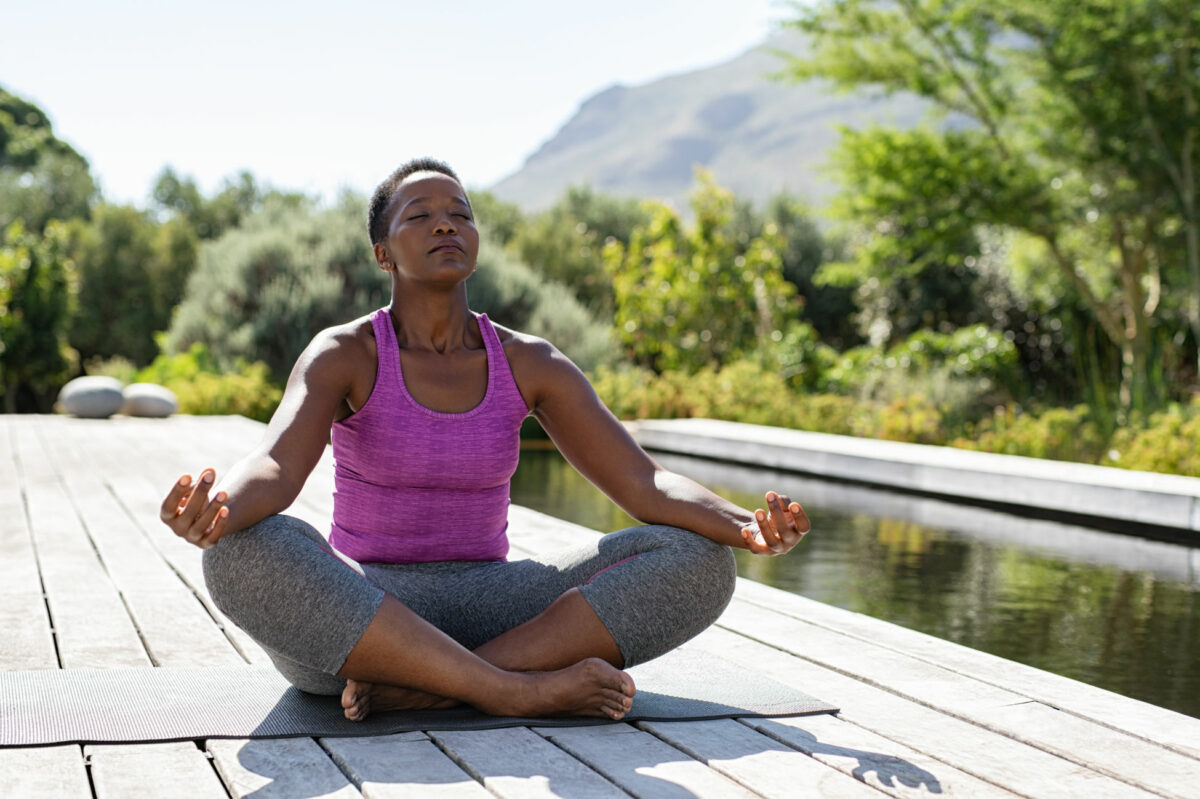Throughout the world, scientists and doctors have been working diligently to understand the prolonged, adverse effects of Post-COVID Syndrome. Also known as long-COVID or long-haulers, the condition is defined by a wide-range of symptoms that last weeks, or even months, after a person no longer has any detectable virus in their body. While research is underway to test several theories about what causes symptoms to persist, experts remain unable to predict who will develop Post-COVID Syndrome. Reports indicate that people who experienced mild or moderate cases of the disease are as susceptible as those who had extreme cases and even those who were hospitalized.
Lingering symptoms can include:
- Profound fatigue
- Shortness of breath, cough and chest pain
- Muscle pain
- Sleep disturbances
- Brain fog or cognitive impairments
- Depression and anxiety
- Reactivation of fevers
Treatment strategies are designed based on symptoms, many of which become significantly worse during and after any mental or physical exertion, and especially after exercise. As experts in movement and the musculoskeletal system, physical therapists can help you manage your symptoms safely as you recover.
For both mild and severe cases of COVID-19 and Post-COVID Syndrome, your breathing can become disordered. Physical therapists can help you to identify areas that are negatively affecting your breathing — including joint stiffness, muscle tightness, poor posture, or faulty breathing mechanics — and create a customized plan to guide you through your recovery.
BreathWorks is a physical therapy program that restores optimal breathing by addressing breathing behavior, mechanics, and chemistry. Using capnography, which is a biofeedback tool that measures the amount of carbon dioxide in exhaled air in real time, a specialized PT can determine if your CO2 is in a good range. If you have too much or too little, then you won’t be able to use the oxygen you inhaled.

You can support healthy breathing by increasing your awareness of how your body is feeling throughout the day. This includes noting the tensions, energy demands, and habits that can affect mind, posture and breath.
With increased stress, including the mental and physical stress related to Post-COVID Syndrome, breathing patterns tend to shift to mouth breathing, breathing high in the chest, and at a faster rate.
To begin your journey to recovery, do your best to always breathe through your nose. This may mean you have to slow down your movement a bit. Be aware that wearing a mask increases air flow resistance, and most people will switch to mouth breathing, but really try to stay in your nose. If you cannot, then switch to nose breathing when it is safe to take your mask off.
Other simple breathing practices to focus on include concentrating on your exhale (avoid inhaling too much and work on exhaling for one count longer than you inhale) and breathing gently and lightly into your diaphragm (low rib/belly region) rather than into your chest.
When you’re ready to start exercising, be sure not to push yourself. Your body has been through a lot and will need time to be able to return to normal activity levels. Listen to your body and give it the rest it needs to avoid risking further cardiorespiratory complications.
Try walking, Tai Chi or other gentle exercises first and progress slowly to more moderate-intensity movement over the course of a few weeks or more.

Staying healthy — eating a well-balanced diet, getting plenty of sleep, staying hydrated, and slowly increasing your exercise — is vital for COVID recovery. Each of these four aspects of self-care is dependent upon the foundation of your breath. Our breath is our life source, and the quality of our breath affects our quality of life.
If you continue to experience symptoms long after your battle with a coronavirus infection, physical therapy can help, and you most likely don’t need a doctor’s referral to begin your PT journey. Direct Access is an exclusive benefit that grants you the right to choose a physical therapist that best fits your needs without the requirement of a physician’s referral or prescription. Most insurance companies do not require a referral, but some still do, depending on the plan. We are always happy to help you understand your coverage in advance.
We look forward to being a part of your healthcare team.
If you are dealing with lingering respiratory symptoms after recovery from COVID-19, our BreathWorks program could help by addressing breathing behavior, mechanics, and chemistry. Physical therapists can help you to identify areas that are negatively affecting your breathing and create a customized plan to guide you through your recovery.


